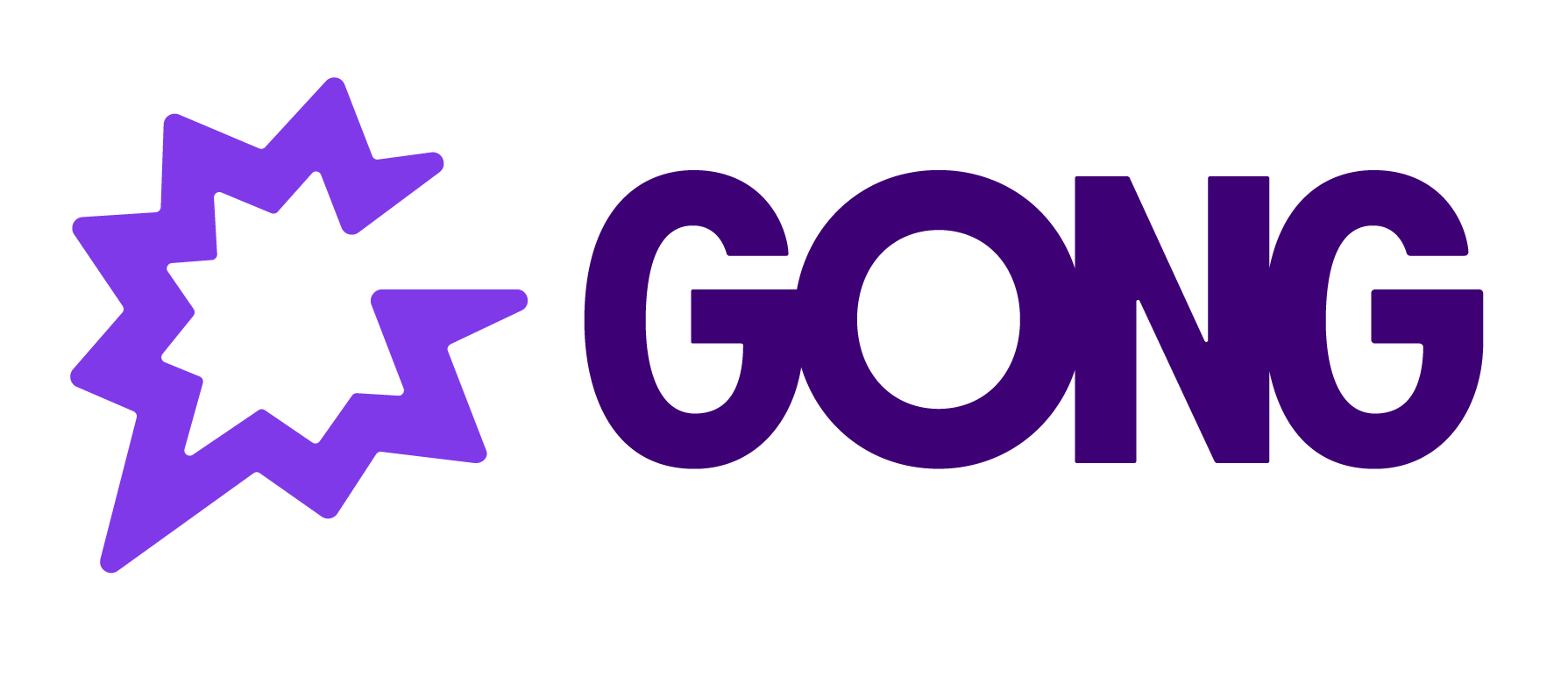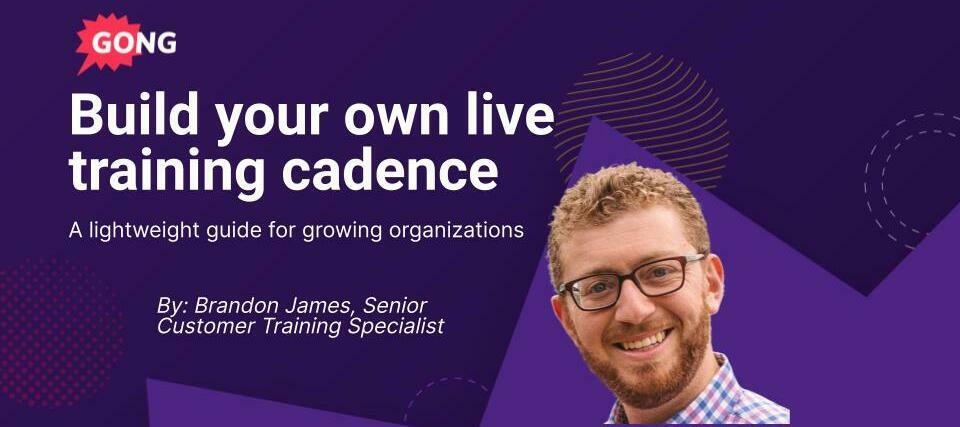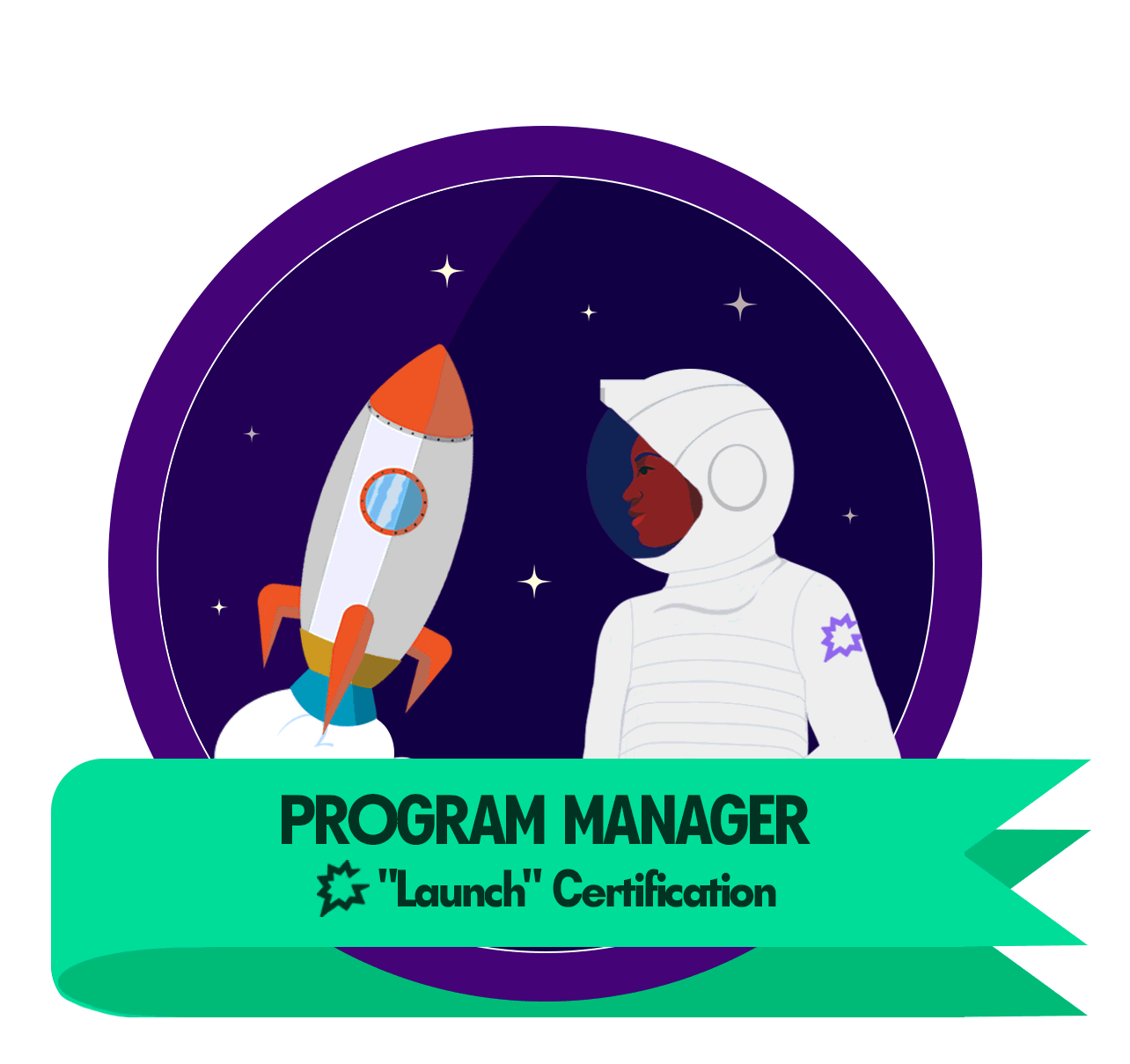So you’re really getting serious about this education thing, huh? Good, let’s chat.
Long before an organization has anyone in a formal training role, they should begin to think deliberately about how they educate their customers. Education plays a valuable role in the customer journey and is a key pillar of the notion that it's much cheaper to keep existing customers than go out and acquire new ones.
I want to share a few things I’ve learned in my time at Gong that can help you formalize and standardize your customer education, specifically with regard to live training, long before it is any one person’s job. For full transparency, I was not a part of this time period at Gong as my hiring signified the end of this chapter and beginning of the next for our organization.
For most organizations in this phase, delivering training to customers is either a significant portion of one/a few people’s job or a small part of a lot of people’s job. In either case, there are a few deliberate steps that can be taken to make the most of these efforts and set you up well for future iterations in your education journey.
Standardized content:
This is particularly important in the case where live training is a small part of multiple people’s jobs at once. Make sure the content that is being taught is standardized across everyone who is delivering it.
That doesn’t mean that these engagements should feel depersonalized from the customer or robotic but rather recognizes that there are many different skill sets across these individuals delivering training and by borrowing ideas from several different people and forming a unified deck, flow and style to an extent, you’re creating a consistent, high quality customer experience.
Know your personas and what they care about:
Today, my team and I deliver training to core personas and if you looked at the decks we use for each unique persona, you’d spot some visual differences but not a ton.
Why, you ask?
Well, because we’re ultimately training them on the same parts of the same platform, just from each persona’s unique perspective. As such, the devil’s in the details, or rather the delivery.
When I’m preparing for a training, most of my time is spent leaving myself notes on what to say to make sure the learner feels like I truly understand what it is they do and what matters to them, not on tweaking the look and feel of my slides.
The success of your budding training efforts will be greatly boosted by a solid understanding of who your audience is and what really matters to them.
Bullets, not scripts:
People buy from people. People also learn from people.
So when you’re putting together a live training motion for your organization, make sure you’re outlining key talking points and a consistent flow without overengineering.
Everyone has their own style, personality and passion and if that can’t shine through in their delivery, the training will lose a lot of its lustre.
The goal is for crisp, clear communication that feels conversational, not scripted.
Conversations, not presentations:
As you think about the way you will structure your live training sessions, look for opportunities to include the learner in the discussion.
My biggest concern when I’m training a group of users is that they feel like I’m talking to them, not with them. Even if I’m speaking 70% or more of the time we’re together, I want them to feel like their voice and their perspective contributed to the conversation.
It could be asking for an example from their role when you get to a variable in a workflow. It could also be reflecting on a section by spurring discussion about how they see themselves using that functionality and what value they seem themselves getting from it.
Get creative! For some folks this will look like on-your-own activities, others like to include polls, and in certain cases just getting feedback and thoughts in the chat box of a webinar style training is more than sufficient.
Begin with the end in mind:
Putting together training content can be exhausting and overwhelming. One of the best things you can do is to start by deciding what the learning objectives are.
In other words, what should the learner walk away knowing, feeling, thinking and doing. Once you are clear on those points, work backwards and decide how you can accomplish those objectives through the learning experience you put together.
By looking at it through this sort of goal oriented, objective lens you’ll be able to hopefully avoid spending too much time on the wrong things or not clearly communicating next steps or a call to action to your learners so they can carry this new knowledge into their regular routines.
I’m hopeful that these ideas have given you some tangible action steps to move you forward in this journey!
I encourage you to check out our Live Training where you’ll see evidence of many of these principles. We’re very proud to maintain a 95% CSAT in these trainings, thanks to our use of Scorecards to hold one another accountable to a standard of excellence in our delivery.
As much as this post serves to inform, it also is meant to inspire conversation.
I’d love to see comments, questions and discussion below and will do my best to respond.
Happy Training!




